In today's complex security environment, America's challenge to maintain a credible nuclear deterrent without new weapons or underground testing has taken on greater importance and a powerful goal.
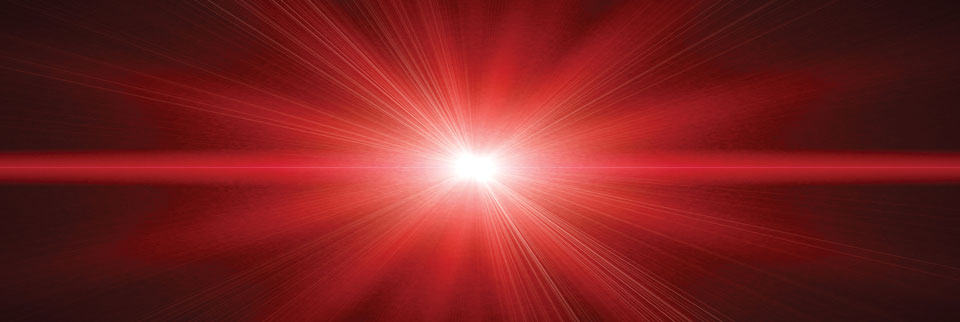
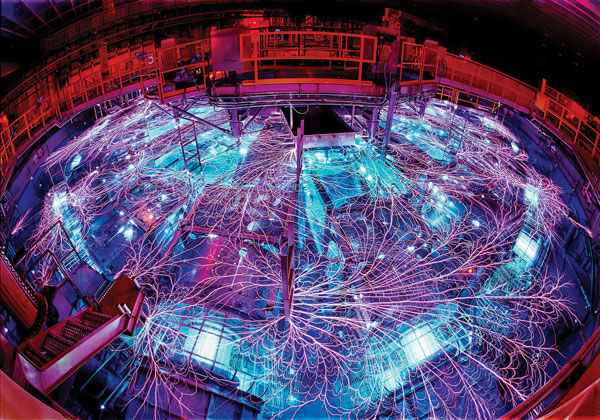
The goal of a laboratory-based high-yield fusion capability within the nuclear weapons complex is to create an experimental platform to help assure that the U.S. nuclear weapons stockpile will perform as intended far into the future.
Since the beginning of the Cold War, deterrence has been a key element of the country’s nuclear security policy. It requires that the United States maintain a credible nuclear stockpile capable of convincing any potential adversary that the adverse consequences of attacking the United States or its allies and partners far outweigh any potential benefit. The end of the Cold War drastically diminished the probability of a strategic nuclear war, which led to large reductions in the num-ber of nuclear weapons.
However, the increasing interest from potential adversaries around the world in acquiring or developing nuclear weapons and delivery systems with expanding capabilities poses new security threats. In today’s security environment, the challenge for the United States is to maintain a credible nuclear deterrent without increasing the number of weapons in the stockpile, or returning to full-scale underground nuclear testing (UGT).
A different kind of testing
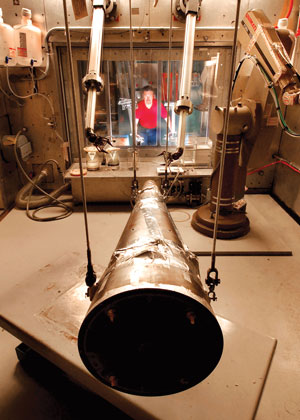
The last U.S. underground nuclear test occurred in 1992. In 1995, the president established the science-based Stockpile Stewardship Program (SSP) to assess and maintain the U.S. nuclear stockpile without resorting to UGT. In the more than 20 years since, this program has achieved important advances in nuclear weapons science that have significantly enhanced U.S. capabilities to assess and maintain them without UGT. For example, these capabilities allow the United States to address questions such as the lifetime of stockpile systems due to aging materials and components and enable life-extension changes to nuclear weapons systems through selective replacements of materials or components.
What current facilities cannot do is test the performance of nuclear components at actual threat levels or address many unanswered scientific questions about the performance of the nuclear explosive package. As UGT-trained designers continue to retire, increasingly complex stockpile questions will have to be answered by scientists without underground testing experience using legacy UGT data and experimental facilities that can reproduce the various physical phenomena intrinsic to a nuclear weapon.
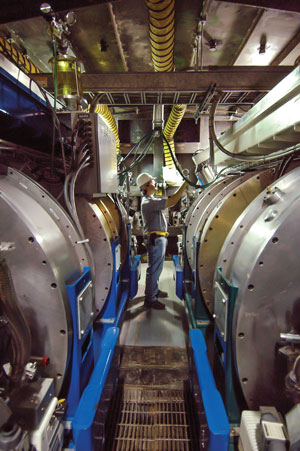
Work continues at an underground test complex at the Nevada Test Site 65 miles northwest of Las Vegas. It was the primary testing location for U.S. nuclear devices from 1951 to 1992, when the U.S. put a hold on full-scale nuclear weapons testing. While there are no longer explosive tests of nuclear weapons at the site, there is still subcritical testing to determine the viability of the U.S. arsenal.
In their January 2015 letter to the head of the National Nuclear Security Administration (NNSA), the three directors of nuclear weapons laboratories noted that the overwhelming majority of the yield of the nation’s nuclear weapons is generated when the conditions within the nuclear explosive package are in the high energy density (HED) state. This requires that proficiency in HED science remains a core technical competency for the SSP for the foreseeable future. And the United States must continue to strive to be the first nation to demonstrate ignition and high yield in the laboratory. This goal is important not only because of its support for the SSP but also to send a strong signal to others regarding U.S. scientific and technical capabilities.
These are some of the goals of Sandia’s Hostile Environments Laboratory Directed Research and Development Grand Challenge project, which uses the unique laboratory conditions created by the labs’ pulsed- power facilities for research on weapons and their effects. The Grand Challenge is an intermediate goal of Sandia’s Pulsed Power Opportunities for Weapons & Effects Research Challenge.
The story of Z
Sandia’s Z pulsed-power facility creates HED conditions or radiation/neutron outputs that are used to provide data and experience to the nuclear weapons modeling and design community in the areas of dynamic material properties, nuclear survivability and radiation effects, and inertial confinement fusion. “Sandia has the ability to meet many of the Department of Defense specified threat requirements by independently testing the response of components to neutrons, X-rays and gamma rays,” says Sandia senior manager Dan Sinars. "But we presently do not have a source powerful enough to combine them all in a single shot for hostile environment effects testing. Studying them separately in different tests is important and is done today, but studying them and their result together in a single, combined test might produce a different result. This is one reason why high-yield fusion is the ultimate goal of the research that we’re performing on Z.”
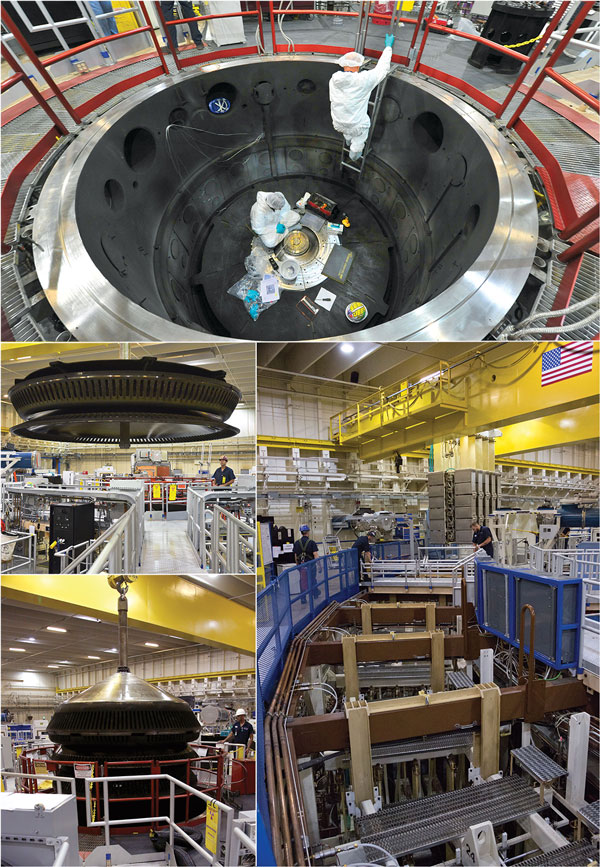
Weapons effects and HED physics have been the motivation for congressional investments in Z, he says, rather than unlimited energy from seawater, a noble but still-distant fusion goal. “We provide data and experiences for nuclear weapons scientists. Our product is their better judgment,” Sinars says. “We provide a larger view. Radiation transport, effects testing, plasma studies and a wide range of other physics feed into tools that scientists use to judge the efficacy of the stockpile.
“I believe a more powerful version of today’s Z facility may be the most plausible technology path available to our country for achieving high yield.”
This facility, temporarily nicknamed Z-Next, will be designed to meet the identified need for a 10-30 MJ (megajoule) yield capability within the next 20 years, on a path to eventually achieving high yield of more than 500 MJ. A facility capable of 10-30 MJ yields could address several key issues in weapon science, dynamic materials, effects modeling and fusion research that are not possible at existing NNSA facilities.
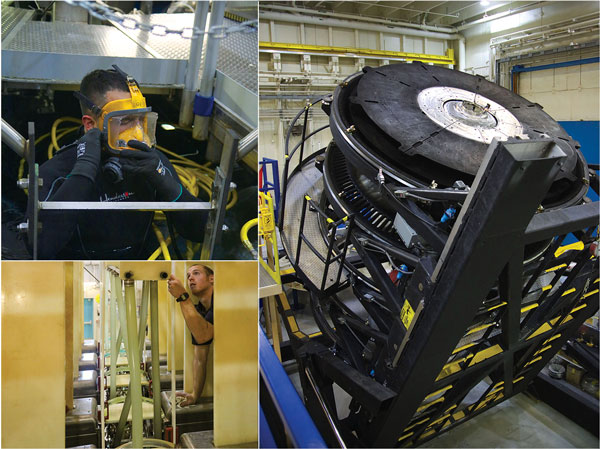
Sinars says that once researchers learn how to scale up experiments and are confident they can get the results they expect, “Then we’ll have more credibility when we seek to create a still more powerful machine. I would love to have a demonstration module of Z-Next complete and on the floor by 2022. We would then like to work with NNSA to establish the mission need for a 10-30 MJ facility by 2024.”